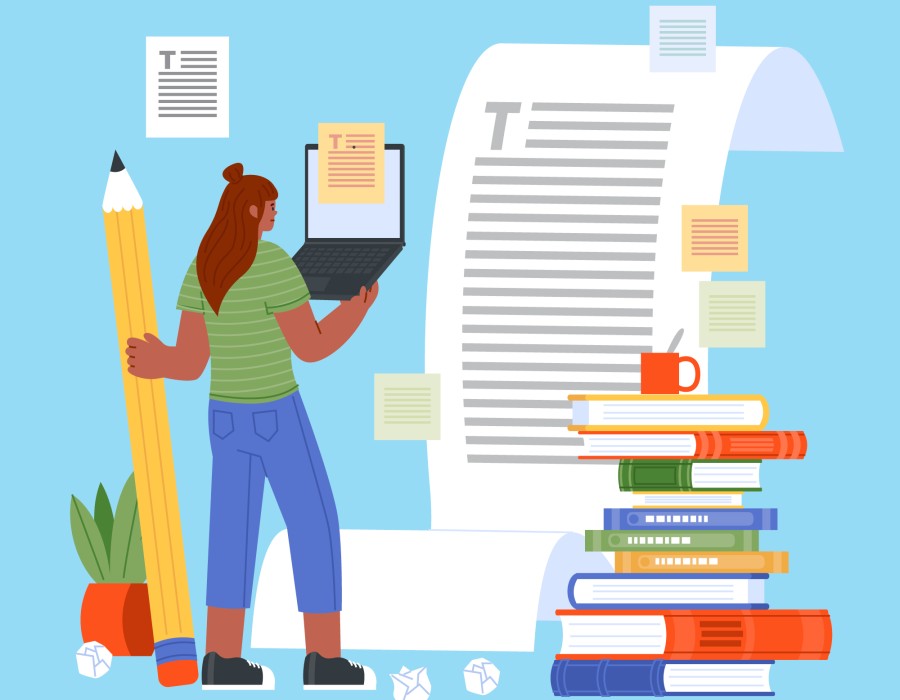What are the 4 R's of Paraphrasing?
Paraphrasing is a crucial skill in academic and professional writing, allowing you to convey information in your own words while maintaining the original meaning. The 4 R's of paraphrasing—Read, Restate, Recheck, and Revise—provide a structured approach to effective paraphrasing. This article will explore these steps in detail, with examples to illustrate their application. Utilizing a Free Paraphrasing Tool can also aid in this process, especially in the initial stages.
1. Read
The first step in paraphrasing is to thoroughly read the original text. This involves understanding the meaning, context, and nuances of the content. It is essential to grasp the author's message before attempting to rephrase it.
Example
Original text: "Climate change is a significant challenge that affects ecosystems, human health, and the economy."
Reading involves understanding that the statement highlights the broad impact of climate change on various aspects of life.
2. Restate
Once you have a clear understanding of the original text, the next step is to restate it in your own words. This involves changing the structure of the sentences and using synonyms while preserving the original meaning.
Example
Original text: "Climate change is a significant challenge that affects ecosystems, human health, and the economy." Restated text: "The adverse effects of climate change pose major threats to ecosystems, public health, and the global economy."
By using a Free Paraphrasing Tool, you can explore different ways to rephrase sentences, ensuring that the paraphrased text is unique and not just a simple rewording of the original.
3. Recheck
After restarting the text, it's crucial to recheck it against the original to ensure that the meaning has not been altered. This step ensures that the paraphrased text accurately reflects the original information and that no critical details have been omitted or misunderstood.
Example
Original text: "Climate change is a significant challenge that affects ecosystems, human health, and the economy." Restated text: "The adverse effects of climate change pose major threats to ecosystems, public health, and the global economy."
Rechecking confirms that both statements convey the same message about the widespread impact of climate change.
4. Revise
The final step is to revise the paraphrased text for clarity, coherence, and fluency. This involves refining sentence structure, ensuring grammatical accuracy, and making the text more readable. It's also the stage where you can incorporate additional insights or contextual information to enhance the content.
Example
Original text: "Climate change is a significant challenge that affects ecosystems, human health, and the economy." Restated and revised text: "Climate change significantly threatens various aspects of our world, including ecosystems, human health, and economic stability."
Practical Application with Examples
To further illustrate the 4 R's of paraphrasing, here are a few more examples:
Example 1: Academic Context
Original text: "The Industrial Revolution marked a major turning point in history; almost every aspect of daily life was influenced in some way."
- Read: Understand that the statement discusses the profound impact of the Industrial Revolution on daily life.
- Restate: "The Industrial Revolution brought about significant changes, affecting nearly every part of daily living."
- Recheck: Ensure the restated text accurately reflects the original meaning.
- Revise: "The Industrial Revolution profoundly altered daily life, influencing almost every aspect of it."
Example 2: Scientific Context
Original text: "Photosynthesis is the process by which green plants and some other organisms use sunlight to synthesize foods with the help of chlorophyll."
- Read: Comprehend that photosynthesis involves the synthesis of food in plants using sunlight and chlorophyll.
- Restate: "Green plants and certain organisms create food through photosynthesis, utilizing sunlight and chlorophyll."
- Recheck: Verify that the paraphrased version maintains the original scientific concept.
- Revise: "Through photosynthesis, green plants and some organisms convert sunlight into food, a process facilitated by chlorophyll."
Example 3: Business Context
Original text: "Effective leadership is essential for organizational success as it directly impacts team performance and employee morale."
- Read: Understand that effective leadership influences team performance and employee morale, which are crucial for organizational success.
- Restate: "Organizational success heavily relies on effective leadership, as it affects both team performance and employee morale."
- Recheck: Ensure the paraphrased text retains the same message.
- Revise: "The success of an organization is largely dependent on effective leadership, which directly influences team performance and boosts employee morale."
The Role of Technology in Paraphrasing
With advancements in technology, tools like Free Paraphrasing Tool have become invaluable in the paraphrasing process. These tools help users generate alternative phrasings and provide suggestions to improve clarity and coherence. However, it's important to use these tools as aids rather than relying solely on them, ensuring that the final output is both accurate and original.
Conclusion
Mastering the 4 R's of paraphrasing—Read, Restate, Recheck, and Revise—enhances your ability to convey information effectively and ethically. By thoroughly understanding the original text, restating it accurately, rechecking for consistency, and revising for clarity, you can produce high-quality paraphrased content. Incorporating tools like a Free Paraphrasing Tool can further streamline the process, making it easier to achieve precise and coherent paraphrasing. Whether in academic, scientific, or business contexts, these steps provide a reliable framework for effective paraphrasing.





Comments